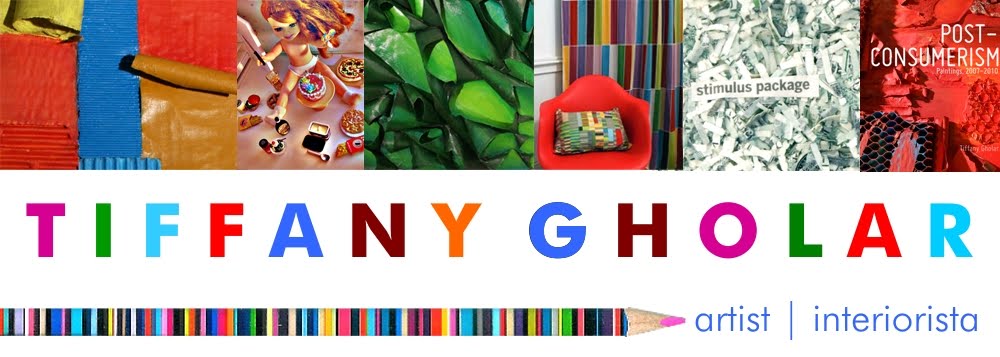It's funny, but I appreciate books like Cute, Quaint, Hungry and Romantic by Daniel Harris now that I am no longer a stressed-out college undergraduate. It's a book about aesthetics, particularly "The Aesthetics of Consumerism" as Harris has subtitiled it. What I like about books like this one is the way they look at the objects with analytical scrutiny. What does "cute" or "quaint" or "delicious" really mean in the context of our modern world? This book is an attempt to answer those questions. I think that what it does for the realm of the visual is similar to what TV Tropes does for creative writing, finding common symbols in our culture, grouping examples of them together, and even giving examples of their opposites.
As an artist and designer, I feel like it isn't enough to just make pretty things. It's also important to consider subtle nuances of subtext and symbolism. I think Cute, Quaint, Hungry and Romantic is a good introduction to the topic, particularly because of the clever definitions Harris gives:
Cute
Something becomes cute not because of`a quality it has but because of a quality it lacks, a certain neediness and inability to stand alone, as if it were an indigent starveling, lonely and rejected because of a hideousness we find more touching than unsightly.Quaint
Quaintness is an aesthetic not only of clutter but also of imperfections, of scratches, chips, and cracks. It loathes the regularity of modern products so completely that it goes out of its way to create artificial irregularities in brand new things, thus faking the necessary dilapidation of quaintness, as when decorators "distress" exposed beams with motor oil and drill bits to counterfeit smudges of soot and the ravages of woodworm.Cool
Far from reflecting confidence, coolness grows out of a sense of threat, of the strain from living in metropolitan war zones where our equanimity is constantly being challenged, giving rise to a hyper-masculine folk religion that fetishizes poise and impassivity.Romantic
Lovers are portrayed as refugees from their own kind, ostracized and oppressed by society at large, which has been eliminated from romantic advertisements, creating eerily unpopulated spaces, the echoing ruins of a civilization that the aesthetic wipes out as effectively as the neutron bomb.Zany
Zaniness allows us to misbehave and yet minimizes our risk of being ostracized as eccentric. It is based not on real individuality but rather on the harmless iconoclasm of the typical prankster...Futuristic
The futuristic creates its imagery through willful disobedience, an almost bratty, aesthetic misbehavior, rather than through a genuine spirit of inventiveness, of artistic prescience about the appearance of tomorrow.Delicious
The misrepresentations of the aesthetic of deliciousness must be understood as a part of a systemic campaign, not only on the part of chain restaurants but of food manufacturers in general, to camouflage the insipidity of packaged foods and neutralize the skepticism of a society still adjusting to its loss of control over all aspects of food production.
Natural
The vision of nature presented in magazines is tailored to rival the artists of Madison Avenue, to supply eyes spoiled by the fluorescent tones of consumerism with their chromatic fix, the addictive drug of loud, saturated tints that can only be found it the most exotic reefs and rain forests.Glamorous
Bad posture and and grooming are key components of contemporary glamor because they exhibit the contempt that this sylph-like slob feels for the dress she is wearing, a blase attitude that sends an unequivocal message to readers that that woman in the snakeskin Versace dress and Medusa curls is above posing, above trying to look good, above conforming to social expectations.Clean
Faced with the unglamorous task of persuading people to buy products whose function is purely negative, namely, to get rid of dirt, companies have devised an imaginary, exhibitionistic type of cleanliness that we can see and smell, a glittering mirage that makes an emphatic impression on our bodies and seduces us with its lustrous sheen and mirror-like polish, thus reassuring us that we have indeed gotten something for our money.
I hope these little tidbits have intrigued you enough to read the book. If you do, come back and comment on it.


No comments:
Post a Comment